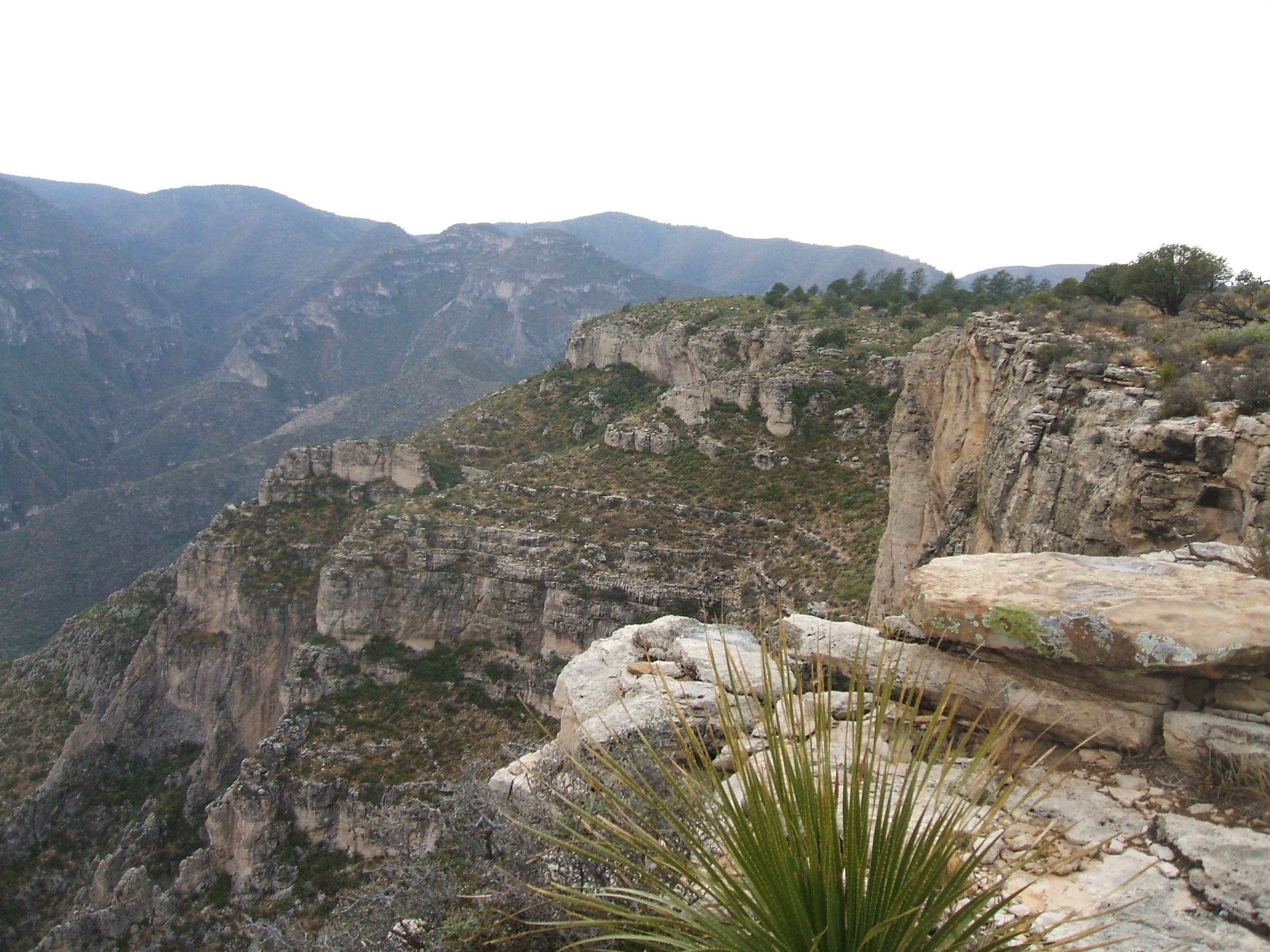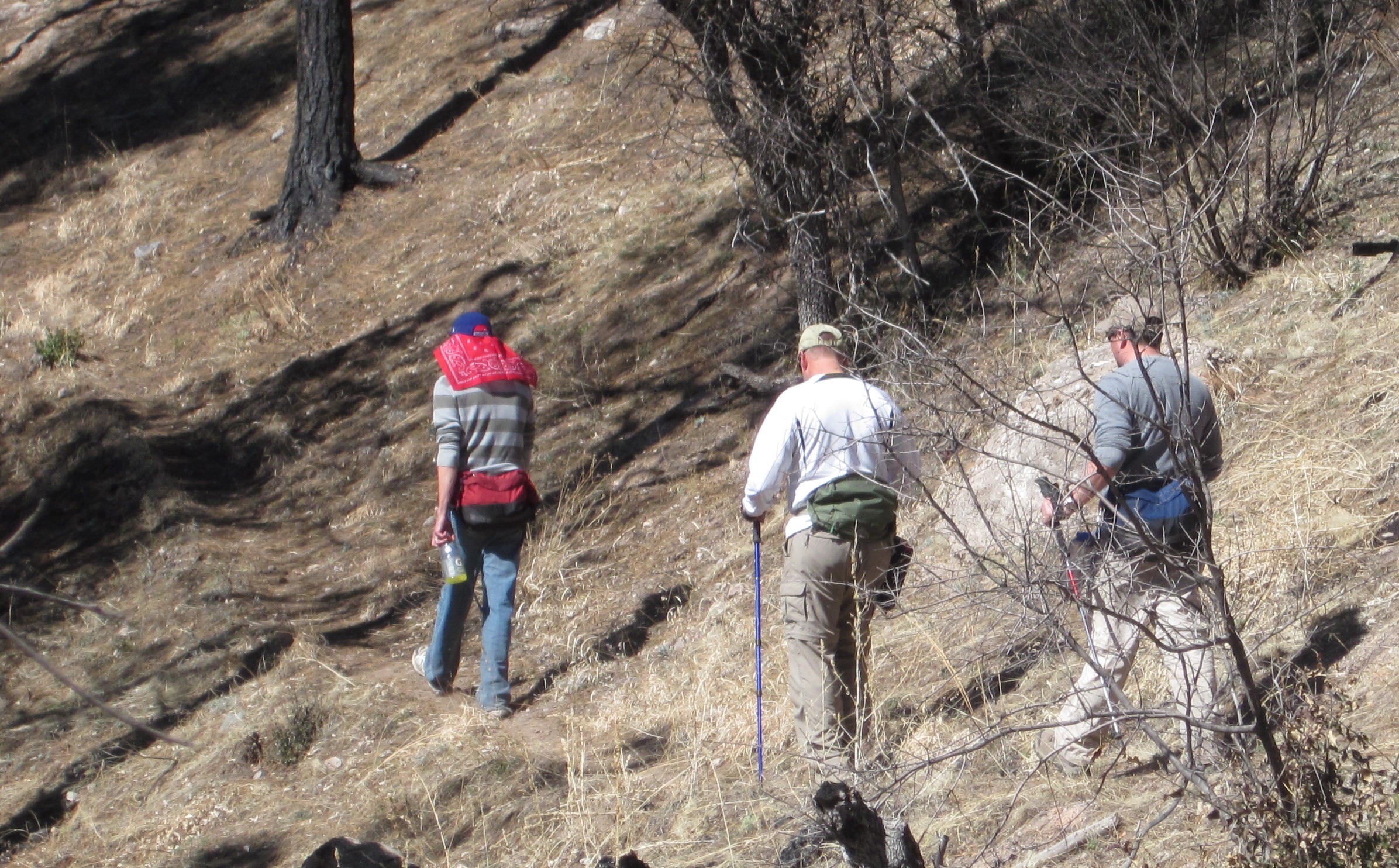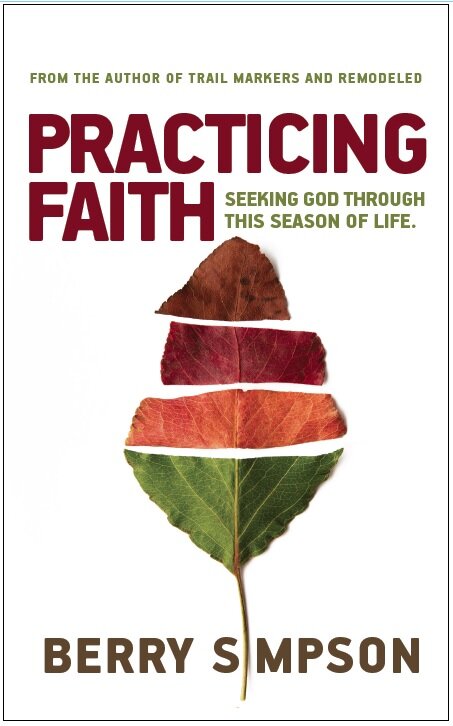What Stories Do You Choose?
/Last week I rode my bike on the White Rock Creek Trail located northeast of downtown Dallas, Texas. It was my first time to ride this entire trail, and my first time to circle the lake on a bike rather than on foot. After lunch on Friday I parked in the parking lot of Anderson Bonner Park, just south of 635, the northern trailhead, and changed into my cycling kit in the backseat of my Toyota Tacoma. Changing clothes in the car is something of a family identifier for us. Cyndi and I have changed into running gear in the parking lots of some very classy places. However, I must add, changing into cycling bibs and jersey was much harder than running shorts and T-shirt. There were several moments when I could have been arrested had anyone cared to look inside the tinted window.
 My usual purpose for squeezing a run (or a ride) into a busy day is to reinforce an old memory. Memory is so fragile, and it changes over time in ways we aren’t aware, so I like to retrace old routes to reestablish the details.
My usual purpose for squeezing a run (or a ride) into a busy day is to reinforce an old memory. Memory is so fragile, and it changes over time in ways we aren’t aware, so I like to retrace old routes to reestablish the details.
It’s like rebuilding rock cairns on a mountain trail. They deteriorate over time, victims of weather, gravity, and animals, and they must be maintained to remain effective and mark the trail. It is the same with deep personal spiritual experiences. We have to reinforce them, remind ourselves they were real and not our imagination. If we don’t, they will deteriorate just like the rock cairns, victims of time, memory, and spiritual attack.
There are certain trails that I visit again and again, simply to rebuild the memories of a significant insight I had years ago. There are crossroads where I always stop and breathe the air and take in the view simply because God once spoke to me in that exact spot. There is even one trail in Prospect Park in Wheat Ridge Colorado where I once ran to reinforce my understanding of a friend; in this case, it was his spiritual encounter on the trial I was working on, not my own.
Penelope Lively wrote, “The memory that we live with is the moth-eaten version of our own past that each of us carries around, depends on. It is our ID; this is how we know who we are and where we have been.”
As a writer and as a teacher I often worry that I fall back on the same old stores time and time again. Surely I must be boring people in my repetition. Even worse, I find myself telling the same old stores to Cyndi, most often stores of our early days when we first fell in love with each other. And when I read back through old journals I am surprised how often I write about running at White Rock Lake or Lady Bird Trail, or about trips up the same old trails in the Guadalupe Mountains, or even the same stores from my Daily Bible. And, well, here I am, writing about those same things, again.
In his book, What Matters Most, Leonard Sweet wrote, “Just as the kinds of friends we choose decide the kind of person we become and the direction life takes, the stores we relate to most closely structure our identities. Some of the most important choices we make are our companion stories – the stories we choose to live with. It takes only a few basic stories, or what scholars call “deep structures,’ to organize human experiences.”
I suppose that’s why I love to write family stories. The more time I spend in them the more I see God at work in our lives. Each time I forage around in my old stories I reinforce the memory that God has been rescuing us all along.
What about you? What stories have you chosen to live with?
“I run in the path of Your commands, for You have set my heart free.” Psalm 119:32
I need your help. If you enjoyed reading this, please share with your friends. You can find more of my writing on my weekly blog, read insights on Tumblr, and follow me on Twitter and Facebook.
















